Each program I design is always centered around fundamental movement patterns. These patterns are the different ways we should be able to move as humans. Over time, our movement can be compromised as the result of posture, jobs, and things of that nature. In essence, we are a product of our environment.
Here are the basic patterns of movement:
1) Squat
2) Hip Hinge/Bend
3) Lunge
4) Press
5) Pull
6) Rotation
7) Gait
These are extremely important for your way of life and fitness goals. Unless you are a bodybuilder, isolating certain muscle groups will not be as effective as movements that target many muscle groups at once. That is what these patterns do. Not only that, but they carry over to your daily activities to a greater degree.
If you lose the ability to perform some of them, it could lead to compensations in the gym or everyday life. This basically means, that you will move in way that is not optimal. This can lead to greater fatigue and injury because your joints are not moving in the way they were designed. This is what makes performing quality movement critical.
So let’s discuss each movement in more detail!
1) Squat
In this pattern, the feet are placed shoulder width apart or so. You then proceed to drive your hips back and down, while keeping your chest up and back flat. This pattern is used to sit down and stand up, something we must be able to do.
Some will tell you that the squat is bad for knees. This is not the case. I’m always reminded of a quote from Dan John- “It’s not the squat that hurts your knees, it’s the way you squat that hurts.”
This pattern is a great muscle builder and will burn a significant amount of calories. The squat activates your core, quadriceps, hamstrings, glutes, calves, and several upper body muscles if you perform it with a barbell. Do not be afraid of this exercise. It is one that you should include in your program and be able to do pain-free.
2) Hip Hinge/Bend


This is a big one! How many times do you have to pick something up that requires us to bend? All the time. So you must be able to do this effectively. I have been injured before by compensating during this pattern. Consequently, this is the first pattern I teach.
In this movement, the feet are placed underneath the hips. You will then press your hips back and let the chest come down. By doing this, it allows you to load your hips.
This means the hips will take more of the force that is placed on the body than the low back. A sure fire way to injure your low back is to not load your hips but instead allowing your back to do the work. This is how I was injured and it is no fun.
This pattern can be used to perform a good fundamental exercise: the deadlift. Just like the squat, it is full body exercise that will build muscle mass or help you drop pounds quickly. It activates the entire backside of your body making it one of the most efficient exercises you can do. The deadlift or some variation should be a staple in your program.
3) Lunge


This movement is one that we use when we have to step over an object, getting up off the floor, and playing sports. To do it correctly, you will simply step forward/backward with one foot while the back foot is stationary. From here, you bend both knees until you reach the floor. The upper body should be tall and the knees flexed around 90 degrees.
They will activate your core, quads, hamstrings, and glutes. There are also several variations including forward, reverse, and lateral. Adding these variations to your training will help with monotony and allow you to train in multiple planes of movement.
This is also one of the best fat burning exercises. Nothing gets my heart rate up faster than doing lunges with a couple of heavy dumbbells. I hate them. 🙂 But they are a great exercise we should be able to perform efficiently.
4) Press


The press is something that we do quite often but may not even realize it. Think about when you are getting up off the floor, placing an object overhead to store it away, and even playing with your kids. All of these involve some type of press against an external object.
There are two specific types of presses, horizontal (think push-up) and vertical (think shoulder press). A good position for each will incorporate a braced trunk. Braced basically means your abs are contracted, like if you were to absorb a punch to the stomach.
Doing this, ensures that you are protecting your back. You will also be able to generate the greatest amount of force possible.
This pattern will activate your pecs, triceps, shoulders, and core. For guys looking to get a jacked upper body, incorporating several heavy pressing variations is a must. The same applies to girls looking to get more definition on their arms.
5) Pull


This one is very similar to the press in the sense that we do it but do not realize it. Think about starting a lawn mower or taking an object off a shelf above your head. It resembles a pulling motion right? In this pattern, you are either pulling an object towards your body or pulling your body towards an object.
Just like the press we have a horizontal pull (think row) and a vertical pull (think pull-up). These movements require a braced core to perform them safely and correctly. Pulling will activate many muscles of the upper back, lats, biceps, and core.
Again for guys and girls looking to a get a great looking upper body, pulling in combination with pressing is the way to go. Many people, however, may need more pulling in their program especially if they have a more rounded upper back. It can help in correcting poor posture.
6) Rotation


We use rotation in a lot of different things: reaching back behind us, throwing a ball, walking, running, etc. However, this pattern isn’t just the ability to rotate but also the ability to control that rotation (decelerate). If you can’t control the rotation you could possibly injure yourself down the road.
One of the biggest reasons is because you lose stability or the capability to resist a certain movement. For example, if I throw a ball and can’t decelerate my torso, I will continue to rotate. That rotation begins at my thoracic spine but moves to my lumbar spine, a primarily stable joint, if uncontrolled.
If the lumbar spine can’t maintain stability, pain and injury can result. So don’t think about doing exercises like oblique sit-ups, Russian twists, or bicycle kicks. Instead try to incorporate things like the pallof presses and half-kneeling cable chops. Both of these exercises are trying to make you rotate but you will have to resist. That in essence is the true function of the abdominals.
7) Gait
This last pattern includes things like walking, running, crawling, skipping, jumping, cutting, etc. It is probably the most important of all, because we do it daily. Think about walking to your office building, going for a run, playing with your kids, or playing sports. All of these require some form or combination of gait.
In an exercise program, it could look something like sprints, bear crawls, or squat jumps. These types of exercises will produce a great cardiovascular effect and are a must for fat loss. Not only that, but they keep things fun and interesting.
CONCLUSION
I hope this post helps you understand why these movements are so important. We don’t move only using 1 muscle group. We move in multiple planes while using multiple muscle groups. Don’t you think the way we train should resemble that?
If you want to do isolation work, try to save it for the end of your workout. You can use it as a finisher. The bulk of your program should come from a combination of these different patterns. It’s not only about the way you look; but also about how your body feels and moves. Isolation work does the first, movement patterns do all three!
If you are looking for a personal trainer in Savannah, contact me to set up a consultation.
And if you found any of this information helpful, or know of someone it could help please share with others!
References:
1) http://www.ptdirect.com/training-design/training-fundamentals/movement-mechanics-and-motor-learning/the-primary-movement-patterns
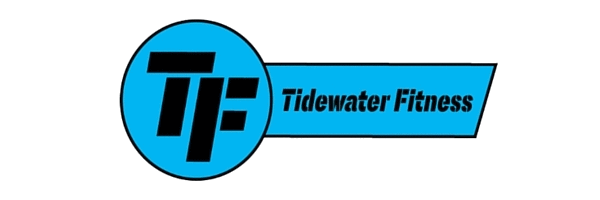
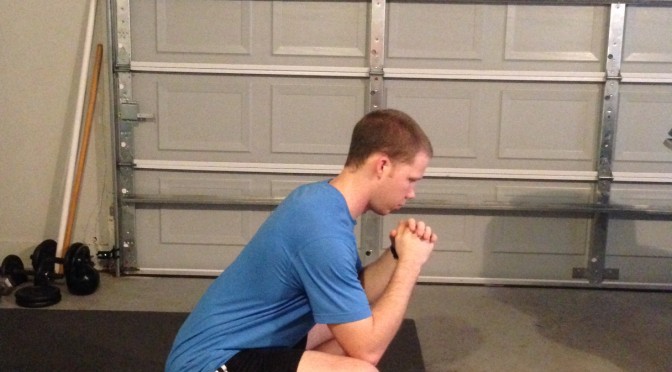


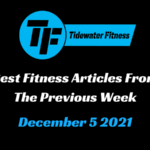
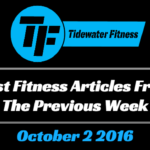
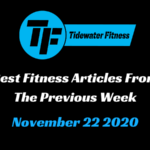

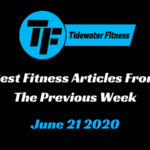
1 Comment
[…] the fundamental movement patterns should be the number one priority, especially if the individual has never lifted weights before. […]